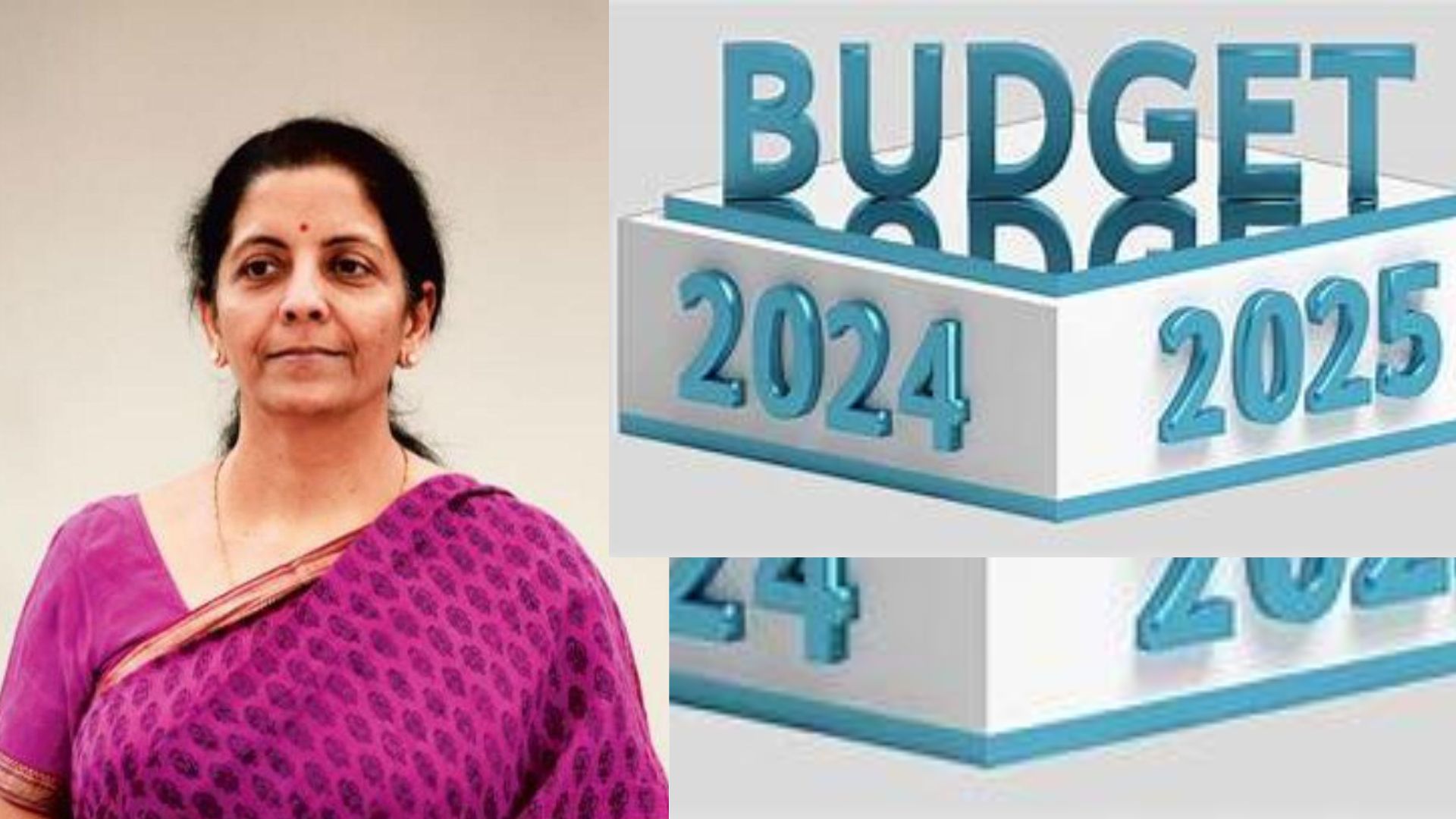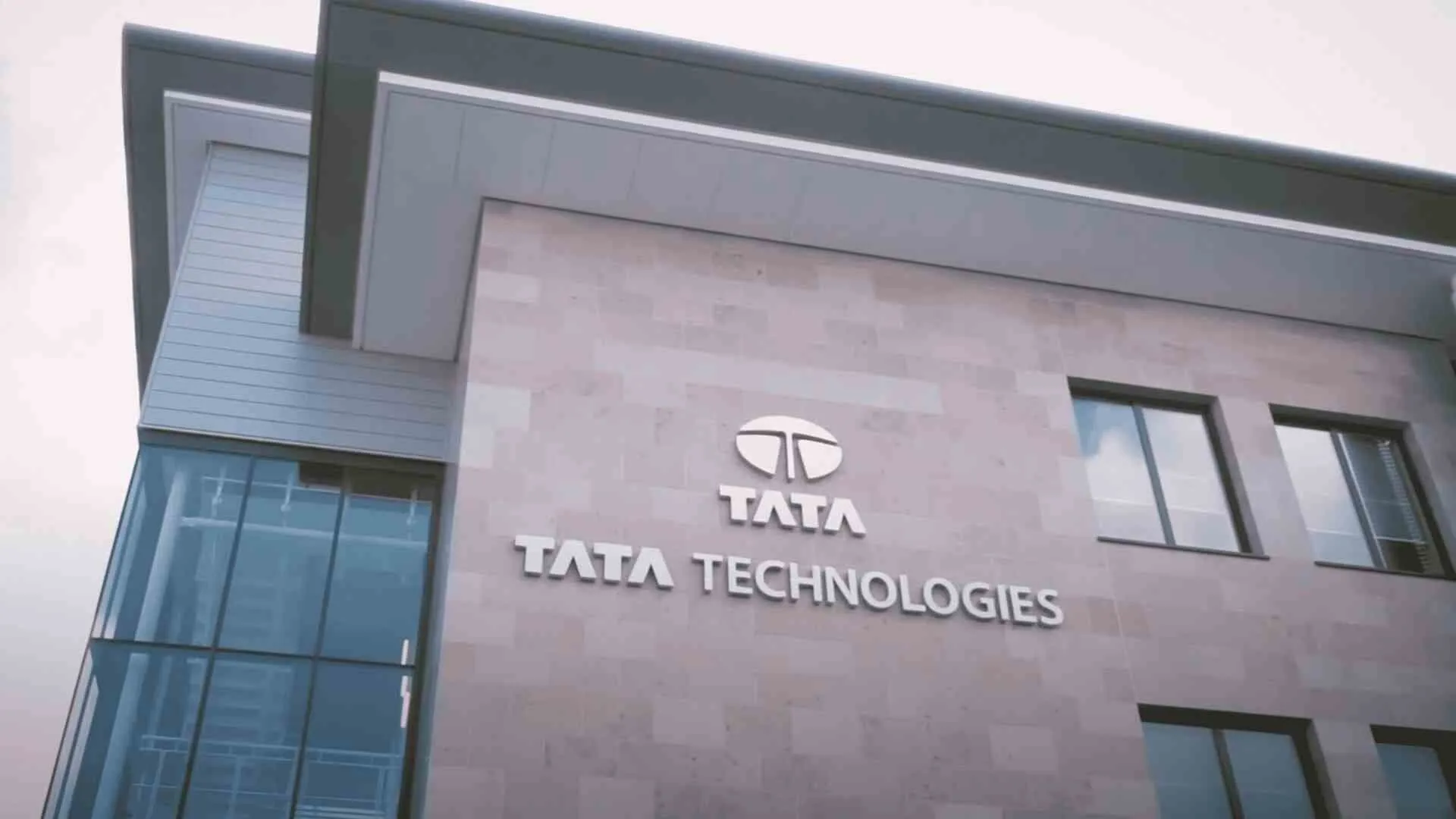Amid heightened public anticipation for tax relief, industry calls for substantial tax incentives to boost sentiment, and economists urging sustained capital expenditure and fiscal prudence, Union Finance Minister Nirmala Sitharaman is set to present the Budget for 2024-25 in the Lok Sabha on Tuesday, July 23.
The global community will closely watch this budget as India continues to stand out in a challenging economic climate with stringent monetary policies. Domestically, it marks a critical juncture for the Modi 3.0 government, especially since, for the first time since 2014, the BJP is reliant on NDA allies to govern at the Centre, potentially leading to populist measures, as many predict. This budget is also expected to chart a path for India’s ambition to become a developed nation by 2047.
Middle-income taxpayers, in particular, have high expectations from the finance minister. Many middle-class salaried individuals feel overlooked in India’s quest to become an economic superpower, manufacturing hub, and export powerhouse, burdened by high taxes and limited tax deductions over the past decade.
Pallavi Dinodia, Co-Chair of the Direct Tax Committee at the PHD Chamber of Commerce and Industry, emphasized the need to reconsider the Section 80C deduction ceiling for income tax benefits, which has remained stagnant at Rs 1.5 lakh for several years. “Raising this limit could significantly enhance savings and investment opportunities for taxpayers, aligning with inflationary trends and increased cost of living. Higher deductions would encourage more investments in approved financial instruments like PPF, NSC, and ELSS, fostering a culture of long-term savings. Additionally, it would provide greater tax relief, boosting disposable incomes and enabling better financial planning. Revisiting and raising the Section 80C ceiling is crucial for sustaining taxpayer benefits and economic growth,” she stated.
Prashant Bothra, Founder & CEO of Fhero Accounting Solutions, hopes for a revision in the 80C exemptions (covering EPF, PPF, Life Insurance Policy, ELSS, NSC Savings, etc.) available to taxpayers. For over a decade, the 80C exemptions have been capped at Rs 1.5 lakh, despite significant increases in income levels. “This limit feels low and only an enhanced limit in this exemption would result in effective tax savings for the taxpayers,” he added. However, deductions under Section 80C are only applicable to the old tax regime. The new tax regime already offers other benefits to taxpayers and therefore does not include this exemption. Taxpayers who do not have business or professional income can switch between the old and new regimes based on which is more beneficial, explained Bothra.
Harsh Bhuta, Partner at Bhuta Shah & Co LLP, noted the definite need to increase the monetary limit of Section 80C deduction from Rs 1.5 lakh to Rs 2 lakh, considering the current limit was set 10 years ago. Such investment-backed tax savings would increase the disposable income of taxpayers and encourage investment practices. This section was introduced in 2005 to eliminate the distortionary effect of taxing financial savings, which resulted in economic inefficiency and inequity.
Bhuta further added, “More importantly, the Section 80C deduction should be extended to the new regime as it will incentivize taxpayers to move to the new default regime. The purpose of introducing the new regime was to have a simplified tax structure for individuals with lower slabs. It has still not been universally accepted as it does not allow many popular tax-saving deductions, including 80C.”
Currently, Section 80C benefits taxpayers by reducing their taxable income and allowing investments in various instruments. Given the high inflation rates, increasing the limit under 80C deductions would provide significant relief, leading to higher disposable income and stimulating consumption, savings, and investments, thereby fostering more economic growth.






















